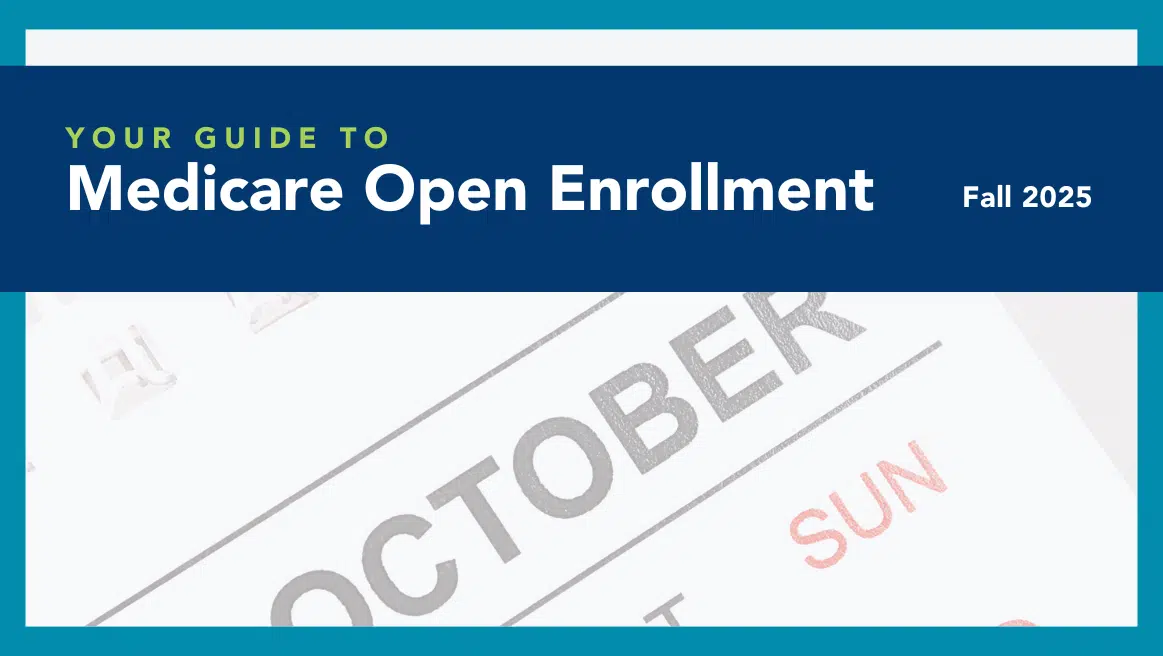Take Action: Tell your senators to reject harmful cuts to health care!
Medicare Announces New Model to Test Changes to Part D Payments

This week, the Centers for Medicare & Medicaid Services (CMS)—the agency that oversees the Medicare program—announced a new model to test changes to prescription drug payments and incentives. The CMS Center for Medicare and Medicaid Innovation (CMMI) will create a voluntary, five-year model in which Part D Plans (PDPs) and Medicare Advantage Prescription Drug Plans (MAPDs) may apply to participate.
According to CMS, the model is intended to test “new incentives for plans, patients, and providers to choose drugs with lower list prices in order to address rising federal reinsurance subsidy costs.”
Participating plans will agree to take on more risk for costs in the catastrophic coverage phase of Part D coverage, which starts when a beneficiary has spent $5,100 out-of-pocket in 2019. Under the current structure, during this period, beneficiary cost sharing decreases, and PDPs and MAPDs are reimbursed by Medicare for almost all of the remaining cost. Under the new model, plans will pay CMS or receive performance-based payments based on spending for enrollees who reach this coverage phase. The model will also allow for additional plan flexibilities and tools like rewards and incentives programs aimed at“promoting better enrollee understanding of their Part D benefit, out-of-pocket costs, and clinically equivalent therapeutic options.”
Medicare Rights supports testing innovative ways of paying for prescription drugs and controlling the cost of medications. However, like all models tested by CMMI, adequate beneficiary education and protections are needed. This is especially important with this model, where the high-cost medicationstargeted for savings—including those for cancer, Hepatitis C, rheumatoid arthritis and other conditions—may not have clinically appropriate alternatives available. CMS must ensure that any model does not impede beneficiary access to needed medications.
We are also concerned that CMS has not solicited stakeholder input about the design of this model—and that the request for applications (RFA) will be released without opportunity for beneficiaries and others to comment on the scope of the model. Transparency and oversight are important components of any CMMI model. It is insufficient, for example, for CMS to simply state in its fact sheet that “programmatic flexibilities available will be outlined to model participants.”
Medicare Rights urges CMS to make all details of the model publically available and easily understandable by beneficiaries and advocates well in advance of its implementation, and to allow for public comment and feedback. CMS must ensure that by the start of plans utilizing this model in 2020, there are systems—including a dedicated ombudsman—in place to answer beneficiary questions and monitor plan activities.
Read more about consumer protections that must be included in models.
Show Comments
We welcome thoughtful, respectful discussion on our website. To maintain a safe and constructive environment, comments that include profanity or violent, threatening language will be hidden. We may ban commentors who repeatedly cross these guidelines.
Help Us Protect & Strengthen Medicare.
Donate today and make a lasting impact.
The Latest
Most Read
Add Medicare to Your Inbox
Sign up to receive Medicare news, policy developments, and other useful updates from the Medicare Rights.
View this profile on InstagramMedicare Rights Center (@medicarerights) • Instagram photos and videos









